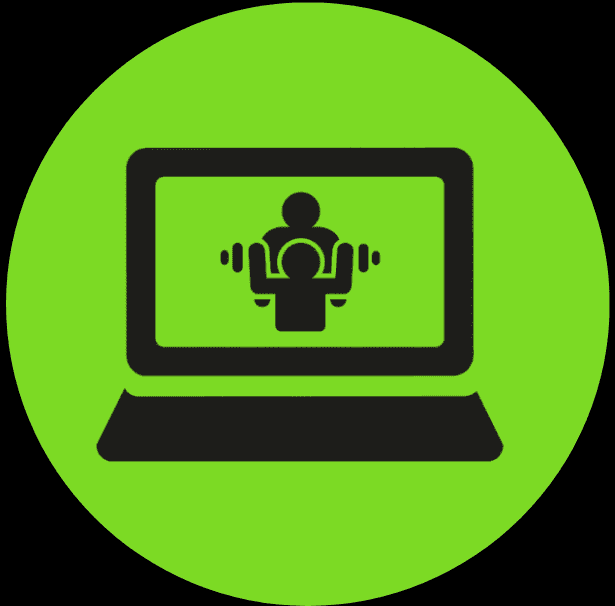Benefits of Eccentric Weight Training
Eccentric contraction is any exercise that stretches and contracts a muscle at the same time. It is a restraining force that obstructs a muscle contraction instantly, a process that is also called a concentric contraction. For instance, when you drop your arm during a biceps curl, that stretching movement is said to be eccentric. Lifting of weight, on the other hand, is considered concentric.
Analysis
Eccentric movements are also known as negative work or negative training. Muscles benefit by taking in the mechanical energy that the bulky workload exerts. That energy is then discharged with elastic recoil, also known as a spring similar action that promotes the subsequent muscle exercise.
Initially, Erling Asmussen, a Danish researcher, named the eccentric muscle contraction as excentric in 1953. The name defined a muscle’s exercise away (EX) and from the middle (centric). Other eccentric-contraction examples include:
- The descending movement of squatting
- Dropping a weight when doing a shoulder press
- Dropping the body when doing a crunch
- The descending movement of a push-up
- Dropping the body when doing a pull-up
Exercise Advantages
Sports physiologists opine that eccentric training can develop muscle size and boost better than regular concentric-eccentric exercises. By concentrating on the descending force applied on a muscle solely, you can incorporate heavier weights than before. Thus, you may notice fast progress in the weight section. Eccentric training can boost your strength in some exercises.
You can boost your mastery in a particular movement by targeting the negative aspect of a push-up, pull-up, or squat.
If you are trying to lose weight, then you may benefit from eccentric weight training. An eccentric contraction utilizes less oxygen and energy compared to a concentric contraction. However, negative exercises develop more force. This action develops muscle growth and enhances the metabolism rate ( the change of oxygen and calories into energy), which promotes weight loss.
Research conducted by Wayne State University suggests that a complete body eccentric exercise enhanced an athlete’s resting metabolism by 9%. This position lasted up to three hours after the workout.
In eccentric training, a partner helps in the weight lifting process (eccentric movement) and balances you as you drop the weight alone. You can concentrate on the eccentric exercise by lifting a body part or weight fast (within a second) and dropping it slowly (over 3 or 5 seconds.
Recovery
Eccentric movement is used for recovery and physical therapy. Seeing that eccentric contraction triggers more force with minimal energy, it is unlikely to strain injured muscles and joints. Elderly persons who are unable to execute regular eccentric-concentric movements can benefit from the eccentric exercise.
Eccentric movements aid the treatment of ACL (Anterior cruciate ligament). The descending movement is unlikely to endanger the steady ligaments of the knee. Concentric movement strains the joint because it has to lift and balance the weight simultaneously. Eccentric training can be ideal for other medical conditions like:
- Patellar tendonitis, or jumper’s knee
- Tendinosis and other repetitive stress injuries
- Osteopenia diminished bone mineral density
- Muscle-tendon injuries
- Sarcopenia, muscle wasting related to ageing
Risks and Side Effects
Eccentric contractions are beneficial, but they also present various side effects and risks. The descending force applied to a muscle can prevent an injury but may increase the danger of DOMS (delayed onset muscle soreness. This results from micro-tears that advance as the contracted muscle stretches, causing pain and soreness for up to 72 hours after exercising. Frequent exercising may help lower much of the after-exercise soreness.
Eccentric contractions can also be a health hazard if you lift bigger weights than your maximal capacity. Remember, a simple biceps curl during the reduction of extreme heavyweight can trigger elbow strain, wrist pain, or shoulder injury. To prevent this, you should establish your optimal lifting weight. Your perfect lifting weight is between 50% and 70% of your one-rep maximum. This is the maximal weight you can lift when in an appropriate form. If your one-rep maximum is 50 pounds, you should only lift up to 35 pounds.








0 Comments